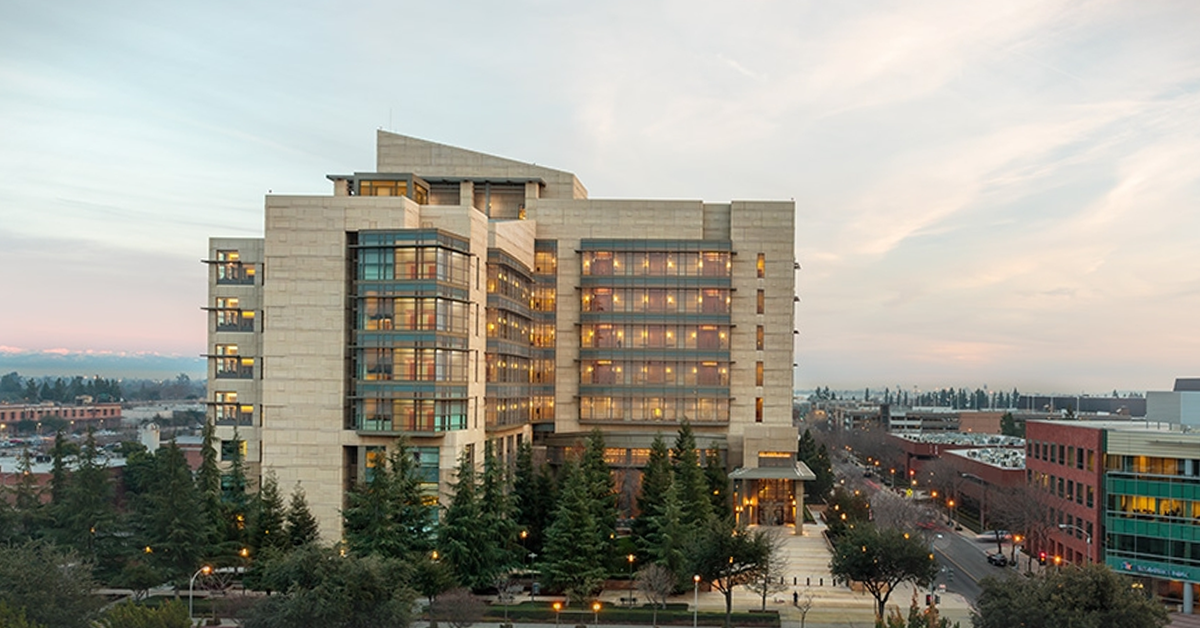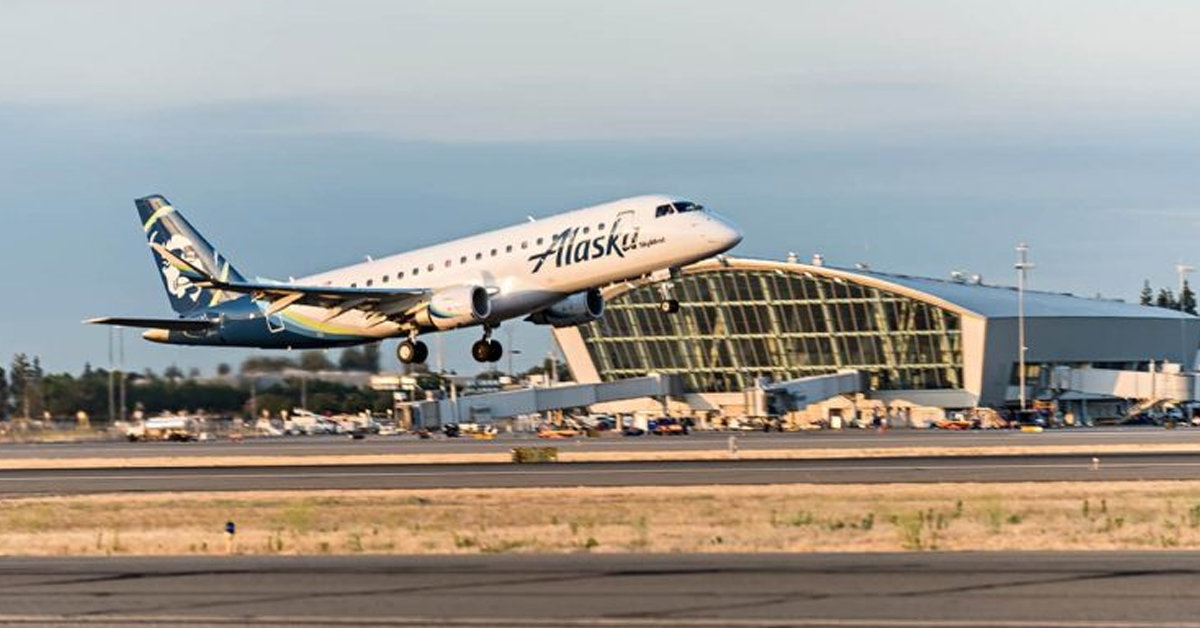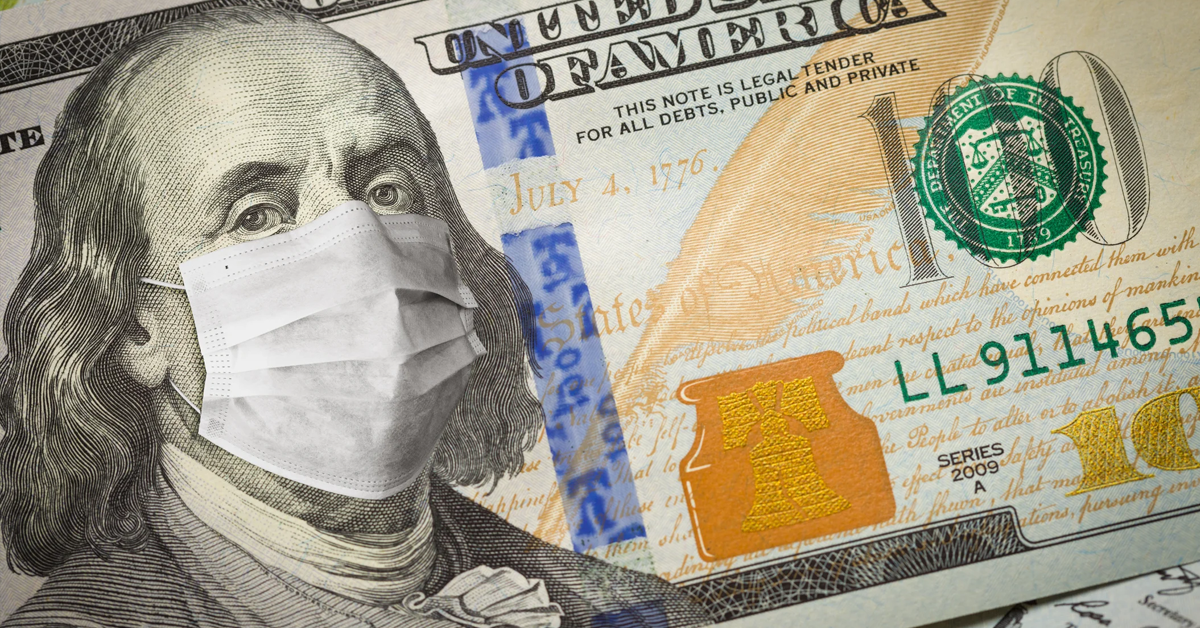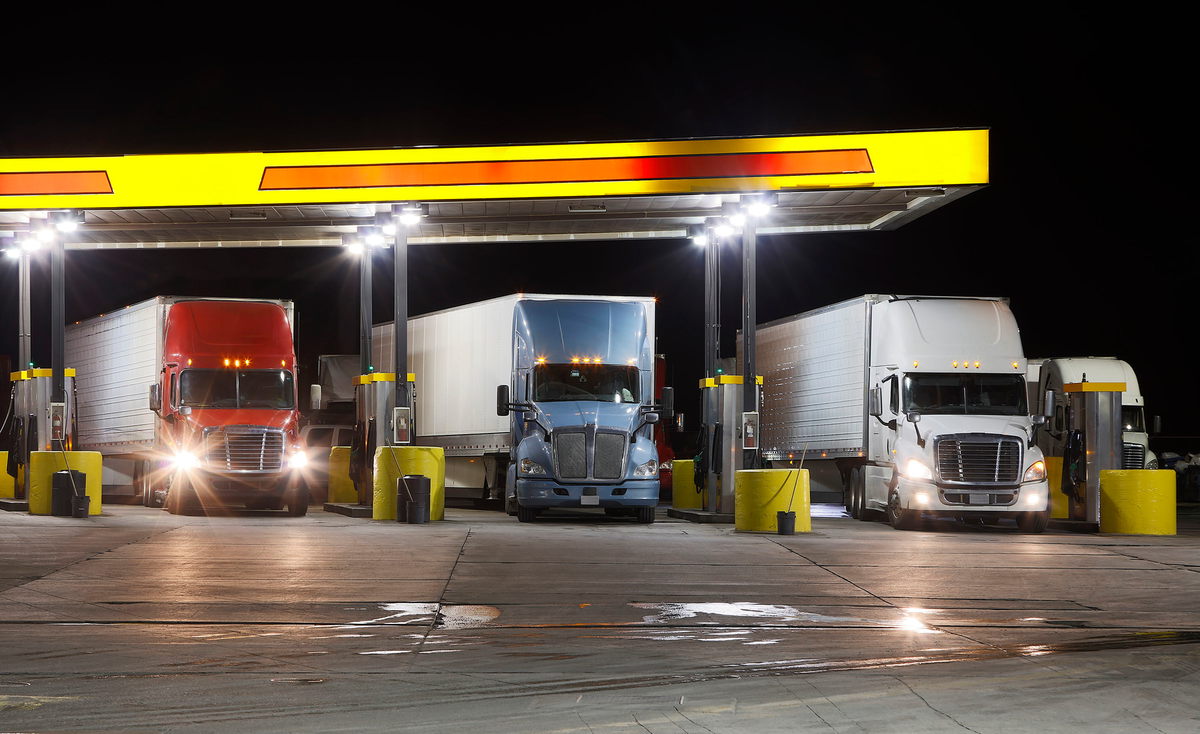High-speed rail is taking quite a tremendous hit due to the coronavirus pandemic.
Last week, California Asms. Vince Fong (R–Bakersfield) and Kevin Kiley (R–Rocklin) proposed a bill that would halt high-speed rail funding for two years.
The more than $3 billion in budget savings from high-speed rail spending would help the state manage its coronavirus-driven $54 billion deficit and counteract Gov. Gavin Newsom’s proposed cuts to K-12 education.
“We need to seriously reevaluate high-speed rail funding, especially when this state is asking Californians to make real sacrifices,” Fong said. “If Governor Newsom is threatening cuts to education, healthcare programs, and diverting road funds to address our budget deficit, while at the same time $2.4 billion is sitting in an account for a boondoggle rail project, that is unacceptable.”
Currently, the high-speed rail project receives a 25 percent share of cap and trade revenues.
If passed, the bill would suspend that funding.
Regardless of if the bill passes – an unlikely feat in California’s Capitol – the cap and trade numbers are not looking good for high-speed rail.
In California’s quarterly cap and trade auctions, the state received $613 million in the February auction of pollution licences. May’s auction only generated $25 million.
Should the auctions continue down this path, high-speed rail will find itself without its main source of on-going funding.
That’s without considering continued threats by the Trump administration to callback $2.5 billion in Obama-era grant funding for failing to meet construction deadlines.
Earlier this year, Asms. Luz Rivas (D-Los Angeles) and Laura Friedman (D-Glendale) introduced legislation that would require the California High-Speed Rail Authority to focus on projects that increase ridership, putting the focus on Southern California projects.
The bill would also move high-speed rail away from electric trains to diesel trains, which would be cheaper.
Moving to the cheaper diesel trains, however, would go against the Greenhouse Gas Reduction Fund (the official name of the state’s cap-and-trade program), one of high-speed rail’s major funding sources.
Assemblyman Jim Patterson (R-Fresno) also introduced a bill that would force Rail Authority to not rely on operating subsidies.
The goals for high-speed rail are under scrutiny and the funding sources are drying up. Without state subsidies, the project would have trouble operating if ever completed.
The current pandemic also begs a question: Will Californian’s even want to ride public transportation in the near-future?
Based on numbers from the last few months, that answer appears to be no.
Amtrak ridership was down 95 percent in March and April, BART is expecting a 70 percent decrease over the next year and predicts the next several years to be bleak.
Meanwhile, the International Air Transport Association expects air travel to be down until at least 2023.










